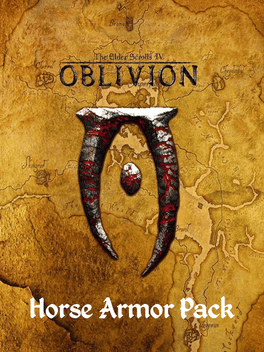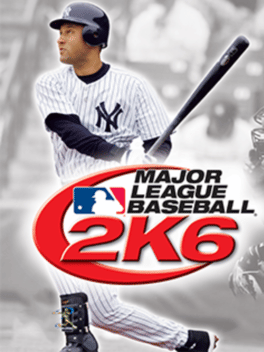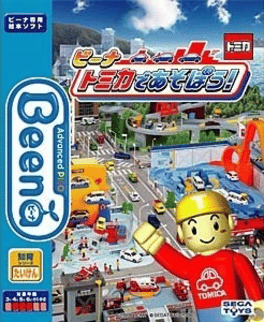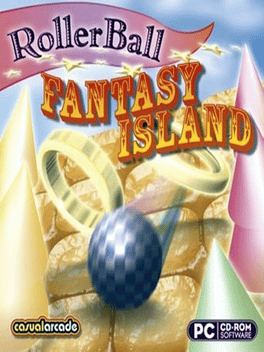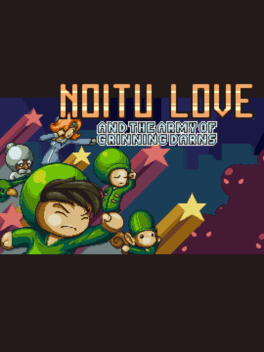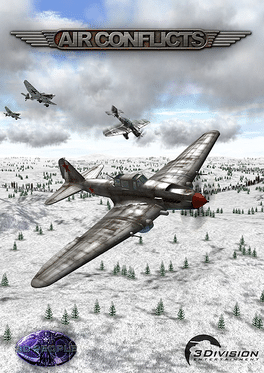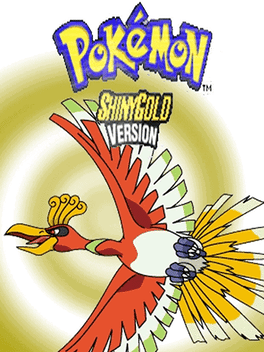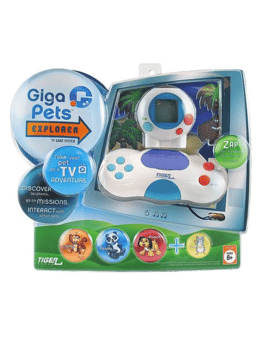New Games - Page 10285
-
The Elder Scrolls IV: Oblivion - Horse Armor Pack
2006
Horse Armor Pack is the first official add-on for The Elder Scrolls IV: Oblivion. It adds two different types of armor for your horse (Elven and Steel) and a quest to retrieve your first armor for free. -
Major League Baseball 2K6
2006
star 4.7Major League Baseball 2K6, simply known as MLB 2K6, is a Major League Baseball licensed baseball video game. It has new features, such as Inside Edge, World Baseball Classic, online experience and many more. This game also features various aspects that are new to baseball games, including fans shouting, the "swing stick", showboat catches, fans catching balls, and power rankings. -
Causality Effect
2006
Causality Effect
2006
What if everything that went wrong on “A Red Letter Day” was not caused by what you thought? What if your teleport ripped a hole in space and time? Now you must travel through time to correct the events and set right your past. -
Tomica de Asobou!
2006
-
Oshare Majo Love and Berry: Cute ni Oshare
2006
Oshare Majo: Love and Berry CUTE Ni Oshare is a game for the Advanced Pico Beena in Japan only. This game focuses on fashion, puzzles, and rhythm minigames compared to the other Love and Berry series Advanced Pico Beena release Chiiku Drill Oshare Majo Love and Berry: Moji Kazu Chie Asobi, which focuses more on solving equations. Despite the game featuring the songs in MIDI format, it also features the vocal version of ABCD Everything's Okay! -
Top Spin 2
2006
-
Tony Hawk's Pro Skater 2
2006
The sequel to Tony Hawk's Pro Skater adds many new tricks while retaining those from the original, and a complete roster of the greatest skaters worldwide. Among the new tricks is the "manual", which allows the player character to balance on two wheels. There are also more options for scoring high-trick combos. Trick combinations can also be edited and customized. It is possible to visit some of the most popular skate parks in the world, or create your own areas and share them with other players. Players can also create their own skaters, with a choice of clothing and official skateboards. -
RollerBall Fantasy Island
2006
RollerBall Fantasy Island it's an arcade game in which you need to guide a ball through gates in order to pass the level. -
Noitu Love and the Army of Grinning Darns
2006
A 2D retro-styled platformer. Navigate through six large levels over the course of an hour or so, beating up a robot army and using “evomatic” machines to change forms and gain new powers used both for combat and platforming puzzles. -
Momotaro Dentetsu World
2006
Momotaro Dentetsu WORLD is a video game in the Momotaro Dentetsu series of board game-style video games, genre released in 2006 by Hudson Soft for mobile phones. -
Space Impact Light
2006
Space Impact Light
2006
Space Impact Light is a Shoot' Em Up found on Nokia's Symbian 3rd edition devices. The player has the ability to freely move horizontally and vertically (with a few exceptions on some platform-like levels in Space Impact Plus) but can not increase the speed of the screen's auto-scrolling feature. Powerups can be picked up while going through the levels (such as missiles, bombs, and energy beams) and the player can use them when the regular projectiles are of little effect against the enemy. As each level is played, various enemy ships confront the player, some of them following strict paths, others following the ship itself and others shooting it (with the latest games the player can encounter sub-bosses midway through the level too). On the first game there are eight levels, set on different planets and underground areas, with a boss at the end of each level. After losing all lives, the player is awarded a score and depending on how many enemies killed, how many powerups picked and how many levels the player pa -
Air Conflicts
2006
-
Pokémon Shiny Gold Version
2006
A fan made remake of Pokémon Gold that was made from FireRed's engine. -
Giga Pets Explorer
2006
Giga Pets Explorer
2006
Giga Pets Explorer is a plug-and-play game released by Hasbro in 2006. Handheld pets could be zapped into the device to explore the 9 areas of Giga Island, collect items, and complete missions.




